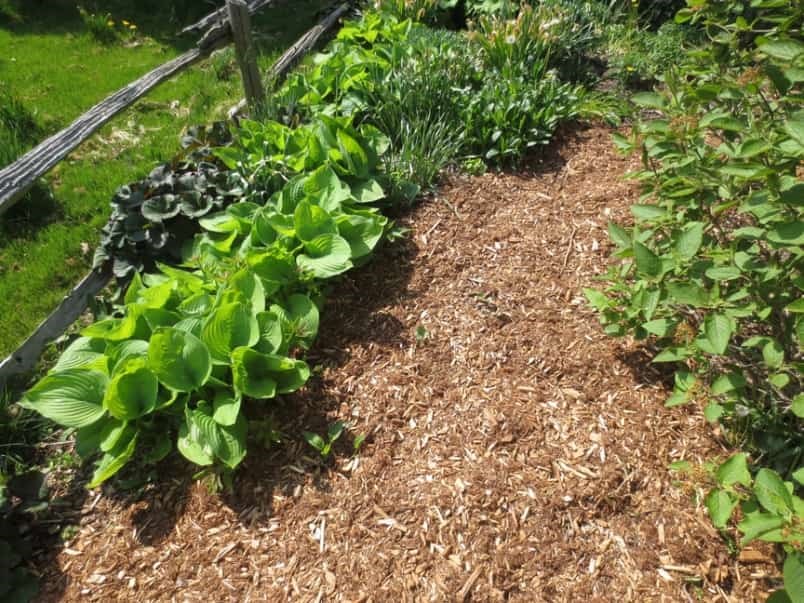 Contributed
Contributed
For painters, every piece of work starts with a fresh canvas.
Gardening, on the other hand, is one art form where we seldom get to start from scratch.
We generally stumble into spring with the results of last season’s garden to deal with. A soil deficiency, a patch of goutweed or twitch grass, a juniper bush which got out of hand. These issues don’t go away over the winter.
That’s why it is fun to start with a blank canvas. For most gardeners, the lawn is one place to look to when you want to start from scratch with a new garden bed or planting project.
Replacing Grass with Garden
The idea of shaving back on the lawn area to create more garden beds is a growing trend (pun intended).
Many home owners still love their lawns but are giving up some lawn area to grow pollinator gardens, food or to plant some trees and shrubs. Whatever your reason for reducing the lawn in favour of dirt, here are some ideas for turning a patch of grass into a new garden bed, as Ben did recently when his landlady gave the greenlight to put in a veggie garden in their side yard:
- Think carefully about what you want to grow. If you want to grow tomatoes or vegetables, you need to maximize sun exposure. How is this going to look in the context of your yard? Veggie gardens can be a weedy mess or made beautiful with additional work. Whatever your vision, it is important to think about it in the context of your overall landscape design.
- Think about what you do not want. Maybe you are tired of trying to get grass to grow in the shade of mature trees. Look at where the existing grass is weakest as a starting point to outline the shape of your new shade garden.
- Outline the shape of your new garden. Using a garden hose to outline a garden bed helps you visualize how the new garden fits into the surrounding space.
To kill grass where you wish to create a new planting bed, place corrugated cardboard two layers thick over the existing grass and anchor it with bricks or rocks. Alternatively, you could use newspaper about 20 pages thick (after you haver removed our column for future reference) or black plastic at least 6 mils thick. Leave for 6 weeks to “bake” the grass plants, roots and all.
After existing grass has died, use a sharp spade to cut under the old grass and remove the sod from the soil to a depth of about 3 inches. Peel up this old grass and dump in your compost, upside down or place it upside-down in the bottom of the bed you excavate. Either way, dead grass has value as a natural soil amendment.
Till or dig. We aren’t big equipment guys, but there is something fun about breaking up the soil with a powerful machine after you have removed the old sod. Avoid beating your soil to dust. Beneath your old lawn there may be a vibrant microbial world which does not benefit from disruptions. Simply use a tiller to break-up the surface of the soil about 30 cm deep.
If the subsoil in your yard is solid clay, you will have to dig it out using a pick, sharp shovel or spade at least 30 cm deep. Dispose of the waste clay/soil/gravel.
Add compost, or peat-based triple mix. Do not bother with “tilling in” the layer of compost, as the earth worms already active in the soil will be eager to do this work for you. Be generous with this layer. It will settle over the season so mound it above grade, higher than seems reasonable by 10 or 20 cm.
Mulch heavily with shredded cedar or pine bark mulch, clean straw or dried leaves. Mulching can eliminate up to 90% of weeds. It also reduces erosion, improves water retention and eventually will break down to add additional organic matter. Ben is currently looking at a patch of straw outside his bedroom window, where visions of garden-fresh veggies dance in his head.
Time to create. Fill the blank canvas with the plants you’ve been dreaming of, whether perennial beds, shrubs, small trees or vegetable transplants. This is where the creativity and expression of this art form really come to life. Keep in mind that a garden bed never matures to look quite what you had imagined in the first place and each day it will change. We view the unexpected surprises that nature throws at us as a benefit of gardening.



